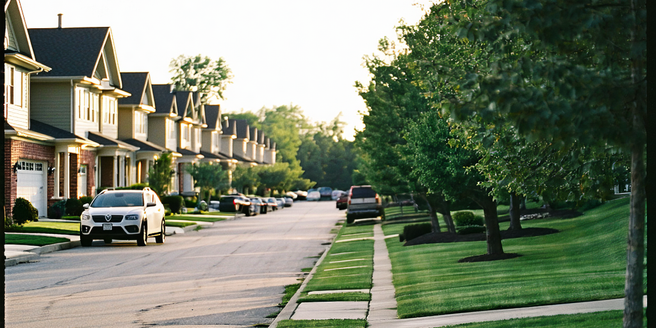Comparing Rural Vs Urban Housing Costs

Understanding the Basics of Housing Costs
Housing costs are influenced by a multitude of factors including location, demand, and the type of housing. In any given area, these costs can vary significantly based on the availability of properties, local economic conditions, and the demographics of residents. Additionally, housing costs encompass not just the price or rent of a property, but also associated expenses such as utilities, taxes, and maintenance. Understanding these components is crucial for both prospective buyers and renters as they evaluate the affordability of a property. Moreover, historical trends in housing markets offer insights into future price movements, helping individuals make informed decisions. Effective budgeting and awareness of financial commitments involved in housing can significantly impact one’s financial health and quality of life over time.
Factors Influencing Rural Housing Prices
Rural housing prices are determined by several key factors, including the availability of land, local employment opportunities, and the agricultural landscape. In rural areas, the vastness of available land often leads to lower property costs compared to urban settings. However, the economic vibrancy of a rural community impacts housing demand. Areas with growing industries or proximity to urban centers might see an increase in housing prices. Additionally, rural areas can be influenced by government policies and programs aimed at boosting local economies. Population changes also play a role; as more people seek quieter lifestyles away from city bustle, demand can drive prices up. Despite generally lower costs, rural housing faces challenges such as fewer amenities and infrastructure, which are considerations for potential buyers.
Urban Housing Market Dynamics
The urban housing market is characterized by high demand and limited supply, often leading to increased prices. Urban centers typically offer more employment opportunities, educational institutions, and entertainment options, making them attractive to a diverse population. This demand drives competition, pushing housing costs upward. Additionally, the development of luxury and high-rise apartments caters to affluent buyers, further skewing price averages. Land scarcity in urban areas compels developers to maximize space through vertical building. Urban policies and zoning regulations also impact housing costs, influencing the types and quantities of available properties. The mix of historical properties and modern developments in cities contributes to a dynamic housing landscape, where prices can vary widely based on neighborhood and amenities offered.
Cost of Living: Rural vs Urban Areas
The cost of living varies considerably between rural and urban areas, directly impacting residents’ quality of life. Typically, urban areas present higher living costs due to elevated housing prices, transportation expenses, and numerous ancillary costs like dining and entertainment. Conversely, rural areas often offer cost savings through lower housing and utility expenses, which can be attractive for those seeking affordability. However, reduced access to services, healthcare, and education can offset some of these savings. The balance of living costs is also influenced by wage disparities, as urban centers usually offer higher salaries. As individuals weigh the pros and cons of living in different areas, understanding these costs is essential for aligning financial realities with lifestyle preferences.
Impact of Infrastructure on Housing Costs
Infrastructure plays a critical role in shaping housing costs across regions. Well-developed infrastructure, such as roads, public transport, and connectivity, can enhance the attractiveness of areas, often leading to increased housing demand and prices. In urban settings, efficient public transit systems have a direct correlation with property values, as areas with easy access to transportation are in higher demand. Similarly, the presence of amenities like parks, schools, and hospitals can positively impact housing prices. In rural areas, the development of infrastructure can open up previously inaccessible regions, allowing for growth and investment. However, the lack of infrastructure can limit economic opportunities and maintain lower property values. Policymakers must prioritize balanced infrastructure development to ensure sustainable housing markets.
Future Trends in Housing Across Regions
The future of housing is shaped by evolving economic, social, and technological factors that are expected to influence regional housing markets. Rising urbanization trends suggest that cities will continue to expand, necessitating innovative housing solutions like compact living spaces and smart homes. Meanwhile, rural areas may witness growth driven by remote work opportunities and an increasing desire for open spaces. Environmental concerns will lead to sustainable building practices, impacting costs and material choices. Moreover, advances in technology will drive energy-efficient homes, potentially reducing long-term expenses for buyers. As demographics shift and preferences change, both rural and urban markets must adapt to meet diverse needs while navigating challenges like climate change and economic fluctuations.